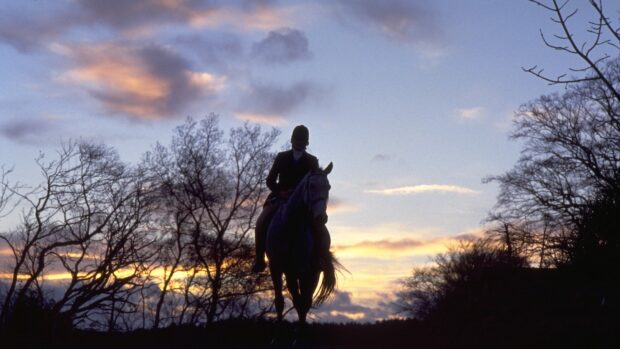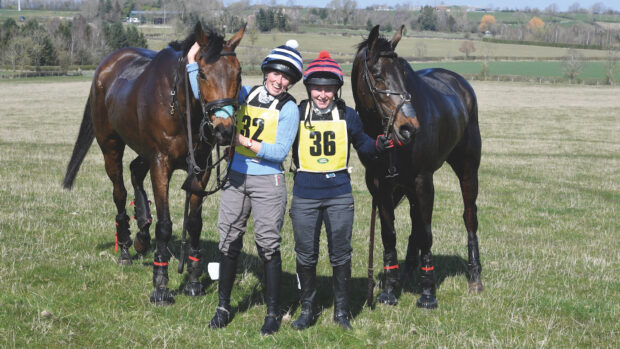Hunt horses are incredible animals. For more than half the year they are expected to fly hedges like an eventer, nip over gates like a show jumper, gallop like a racehorse, show the stamina of an endurance Arab and open gates like a handy pony — and all for a couple of grand.
Britain’s varied hunting countries mean that there is no “template” for the perfect hunt horse, but a few attributes are universal.
“They’ve got to be slightly quirky to do the job,” says Gary Thorpe, kennel-huntsman and whipper-in at the Badsworth and Bramham Moor. Phillip Fergus, who hunts the Fife, agrees: “It takes a horse with a very different attitude to go up in front all the time — they need to be a bit odd.”
They’ve got to be unflappable in traffic and, of course, they must never kick out at a hound. Stamina is vital. With smaller packs, horses may hunt all day once or even twice a week for six months and must be as willing to gallop on in front at the end of the day as they were leaving the meet.
The Badsworth and Bramham Moor have 10 hunt horses, mostly bought by Gary Thorpe from local dealers. They have two distinct types of horses— three-quarter-breds for Nigel Dickson to hunt hounds from and Thoroughbreds for Gary to whip-in off.
“I like them a bit sharper,” he says with a grin. “It’s trappy country up here, and you need a clever horse. They’ve really got to go, too. The best ones are never easy, and they need to have a screw loose to jump some of the things they have to.”
The Fife, the most northerly mounted pack in the UK, is a fairly small outfit with just three horses.
“They need plenty of guts,” says Phillip Fergus. “You can educate them, of course, but a horse must be willing in the first place. I like them fairly near blood, but to get that cheaply they’re usually screwy.”
He estimates that the average horse costs him about £1,500, whereas Gary Thorpe expects to pay double that in Yorkshire.
The working life of a hunt horse is normally limited to a few seasons, although as always there are some exceptional horses who stand the test of time.
“Realistically, four seasons is usually enough,” says Gary. “I like to sell them on. You’ve got to look at it as a business and if you can get some comeback, then all the better.”
“We’ve got two old-timers here,” says Gary. “Woody is 20 and has spent 16 years hunting. He loves his job and still out-gallops most things. You couldn’t retire him — he’s not a hack.”
There’s also 16-year-old William, who came from an event yard.
“He’s push-button,” says Gary. “Standing at the end of a covert, you look one way and he looks the other — he tells you when the fox has gone away. He’ll get you anywhere and he’s 100% reliable.”
You need a special horse to hunt hounds in the cream of Leicestershire, and Quorn huntsman Peter Collins knows exactly what he wants.
“To be the Quorn huntsman’s horse, it needs to be perfect,” he admits. “I’m quite tall, so they need to be at least 16.2hh, but agile with it. Obviously, they’ve got to be good with hounds and they must jump. A hunt horse has to turn against 120 other horses and jump away from them.”
In contrast, there is no jumping high on the Welsh hills with the Sennybridge Foxhounds, but hunting days are long and fast and the terrain very demanding. A good hunt horse in Wales needs to be adaptable — he mustn’t mind being tied up by the reins to any wire fence his jockey can’t get round, and stand, alone, until he is reclaimed.
Although a huntsman will ride numerous horses in his career, there are always some that stand out. For Peter Collins, it was a Thoroughbred called Charlie Brown.
“Dick Brake bought him from Ireland for me when I was at the Seavington,” he says. “He did all my big days for eight seasons and never stopped or fell. Twice I jumped the river on him — 20ft wide, he jumped bank to bank and 100yd later popped over a six-bar iron gate. You only get one like that in a lifetime.”



